Description
Geographic distribution: worldwide in tropical and subtropical seas, but not in the Mediterranean Sea. The maximum fork length is more than 200 cm. The recorded fishing record is 176.4 kg with a fork length of 208 cm, which is on the west coast of Mexico in 1977. The length of a normal fork is 150 cm.
The most important method of catching yellowfin tuna in swimming depth is longline, which is mainly carried out by Iranian ships.
After removing the head and intestines, the tuna is filleted. The skinless fillets are divided into two parts in the center. The dark meat is cut and the tuna is frozen, weighed, labeled and packaged for export.
The analysis of the approximate composition of fresh yellowfin tuna meat shows that it is rich in protein 22.59%, while the meat fat is 0.64%. On the other hand, EPA and DHA (Omega 3 fatty acid) are from 5.6 to 5.9 grams per 100 grams and from 47.6 to 53.4 grams per 100 grams, respectively. It also contains mineral compounds such as sodium, potassium, phosphorus and iron.

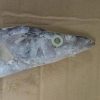
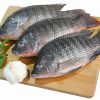
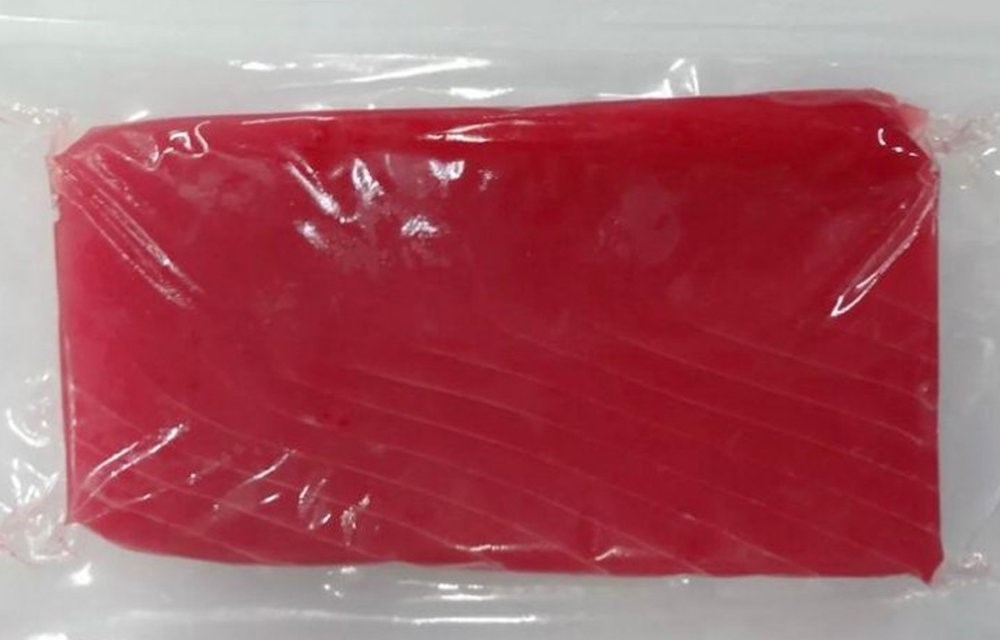
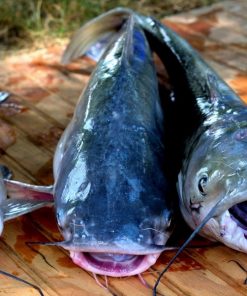

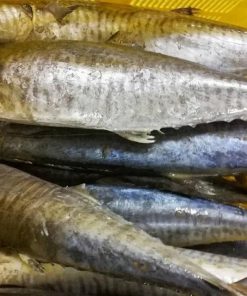
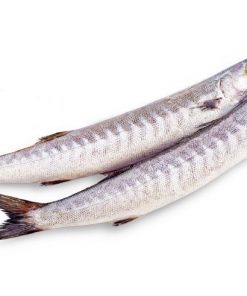
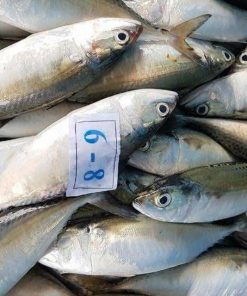
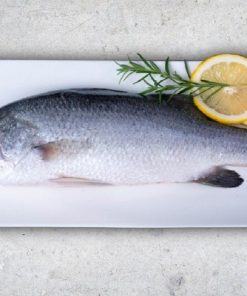
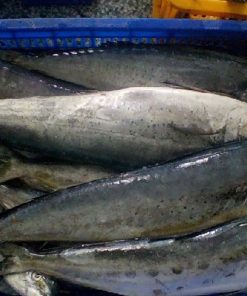
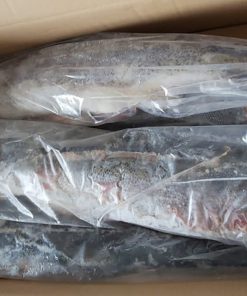
Reviews
There are no reviews yet.